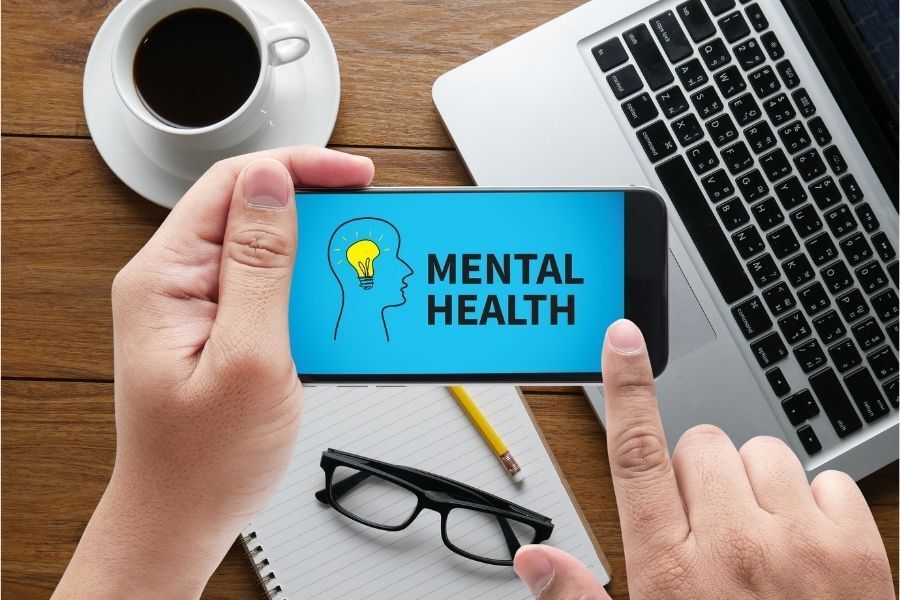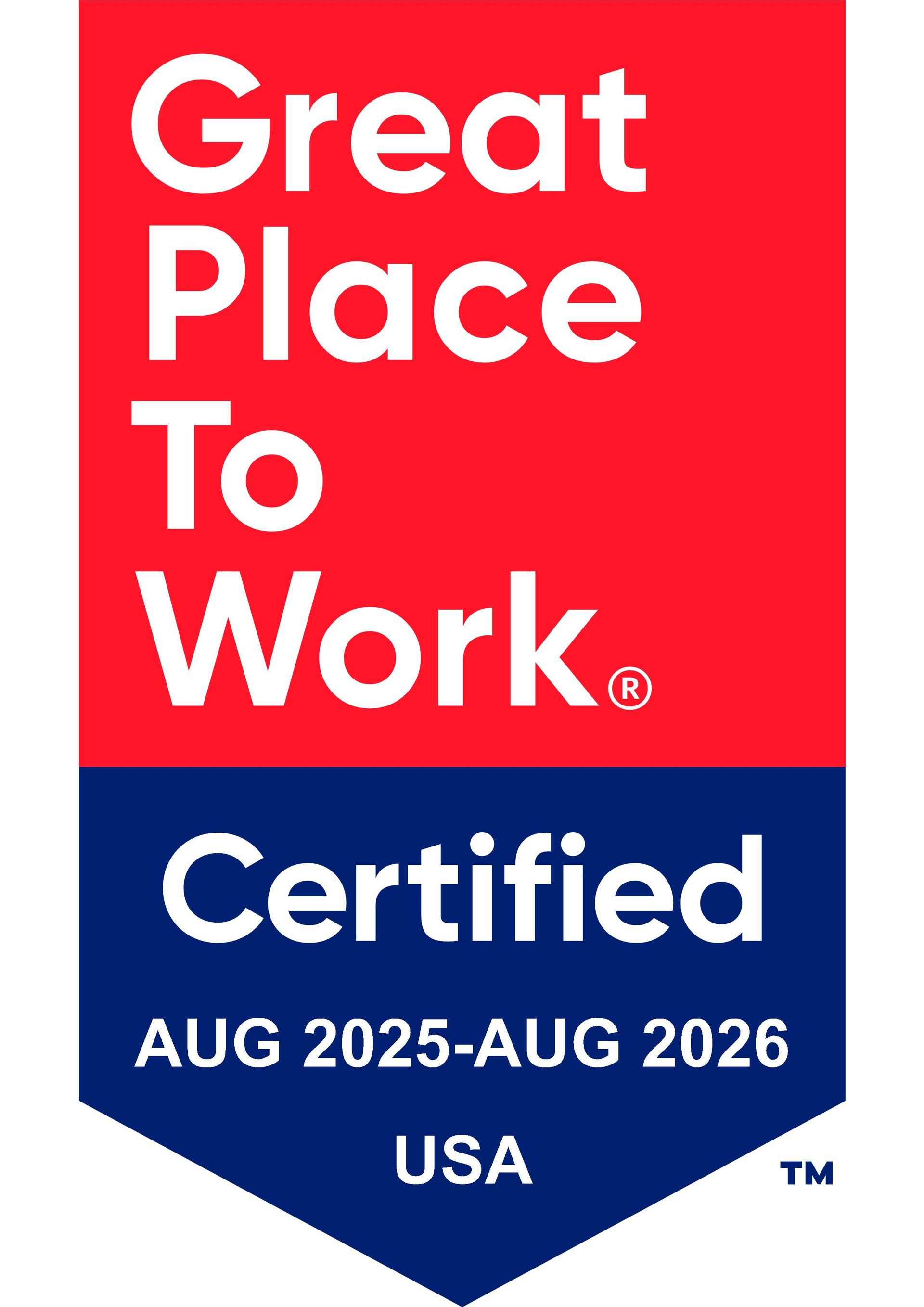
Employee Mental Health Risk Assessment
12 November 2021
As an HR representative for your company, you know how important it is for your staff to feel their best—physically, emotionally, and mentally. In a perfect—or even better—world, everyone would run optimally, inside and out.
Unfortunately, mental health woes are as much a sign of our modern times as many physical ailments have become. According to the Centers for Disease Control and Prevention (CDC), nearly one-in-five U.S. working adults aged 18 or older reported some type of mental illness in 2016. That equates to roughly 18.3% or 44.7 million people, making it one of the most burdensome health concerns in the country.
In the workplace, mental disorders might initially present as stress in a headache or feeling overwhelmed or anxious, but it can worsen without help. On a professional level, employees suffering from unchecked mental disorders, and their managers, will soon find that these issues become barriers to productivity. Such a scenario is likely to worsen the situation, as the employee feels worried about their place in the company and what their future holds. There is nothing like additional pressure to cause people to go into or remain in denial about mental health issues.
If you see that an employee is struggling, you probably want to help. First, you need to conduct an employee mental health risk assessment to provide a supportive environment and help them restore their mental health and sense of well-being.
Let’s explore the mental health risk assessment and how it can help your employees and organization become stronger together.

INITIAL SIGNS THAT AN EMPLOYEE MIGHT SUFFER FROM A MENTAL HEALTH DISORDER
You and other employees can usually detect potential mental health issues in an employee by certain behaviors they exhibit that do not align with their usual demeanor. Here are some initial behaviors that let you know you might need to conduct a risk assessment to understand what is happening with your valued and otherwise mild-mannered employee:
- Withdrawal from interactions with employees and management, even when it is essential to a project.
- Lethargic behaviors overall, resulting in lack of productivity or calling in sick to work more than previously.
- Abrupt, short, or rude behavior toward employees, managers, customers, and guests.
- Bullying, taunting, or harming others.
- Challenging management and other employees on matters that are insignificant to work and in general.
- An increase in safety incidents and general behaviors that exhibit recklessness and carelessness about the employee’s well-being and that of anyone around them.
- A clear exacerbation of an existing mental disorder, such as a deepened depression or nearly unbearable anxiety.
- Deterioration of physical well-being due to lack of sleep or increased numbers of headaches.
WHAT IS THE EMPLOYEE MENTAL HEALTH RISK ASSESSMENT?
Before conducting an employee mental health risk assessment, it’s essential to know what it is, what it covers, and how it can help an employee in distress and your company.
The goal of a mental health risk assessment is to evaluate the basic categories of mental illness risks in the workplace, which include:
THE LIFE DISSATISFACTION RISK
Many people go through phases where they wonder about their life choices, including whether they chose the right career path, but things become more risk-heavy when mental disorders are at work. With this type of risk, a person might assign a negative social-demographic designation to themselves, thinking or referring to themselves as lazy or hopeless. Such a mindset is not realistic, considering your having hired them in the first place and their work as your company’s employee. An individual might need help identifying the one or two areas causing dissatisfaction to understand how disproportionately they weigh them. Otherwise, the employee might fall deeper into self-effacement, self-fulfilling lethargy, and poor performance.
After conducting this risk assessment, you can help the employee find the proper treatment to build a more resilient foundation and develop tools to manage stress and dissatisfaction.
STRESS-COPING RISK
It is not uncommon for people living with mental illness to combat the original problem with another risky behavior. These poor coping mechanisms often prevent any attempts at progress to help with stress management. Even worse, they often make matters far worse for the sufferer. These stress-coping behaviors include:
- Avoiding mental health issues and other problems in life
- Denial of problems
- Ignoring, storing, or talking oneself out of hurt feelings
- Taking stimulants, sedatives, drugs, alcohol, or any combination of all listed
SUBSTANCE ABUSE RISK
Substance abuse only worsens mental health disorders. One compounds the other so much that it’s difficult to discern which came first. Individuals more susceptible to risk for schizophrenia, bipolar disorder, or anxiety are also more likely to become victims of substance abuse. Together, these volatile co-occurring disorders can make a mess of the sufferer’s life when left untreated.
EMOTIONAL DISTRESS RISK
If you detect an employee is feeling a lot of emotional distress, they might be caught in the throes of anxiety, depression, or some other mental disorder. You might take note when a typically prompt and productive employee starts to lose their usual spark. Without being addressed and overcome, emotional distress can negatively impact organizations on a large scale, as other employees pick up on the unaddressed problems.
IDENTIFY WORKPLACE FACTORS THAT MIGHT CONTRIBUTE TO MENTAL HEALTH DISORDERS
It is difficult to determine how much the workplace contributes to the mental health issues of an individual, especially someone who is already prone to issues. However, a poor work environment can exacerbate issues for someone suffering or cause problems for someone unaware of the potential for experiencing mental health woes.
In either case, it is worth a closer look at your workplace and how it might contribute, rather than let problems go unmanaged for the sake of your employees and your company’s bottom line.
Here are some prominent factors that might feed into an employee’s mental health struggles:
- Work-life balance isn’t just a buzz term. COVID-19, and the subsequent Great Resignation, has taught business leaders around the world that people value the idea of work-life balance more than they realized before the pandemic. Employees who feel like their lives are out of balance might feel out of control, letting any underlying issues take over.
- Organizational culture needs to feel open and inclusive to everyone, especially those who seem introverted or uninterested.
- Civility and respect are essential practices for all executives, managers, and employees in any organization. However, those with mental health issues might respond more dramatically to disrespect and negativity.
Here are additional areas that might need your attention in keeping everyone’s mental health in good shape:
- Psychological and social support
- Leadership and management’s expectations and the expression of those expectations
- Psychological requirements and competencies
- Recognition and reward
- Workload management
- Involvement and influence
- Engagement

WHY IS A MENTAL HEALTH RISK ASSESSMENT SO VITAL?
To ensure a happy, healthy workplace for everyone, you sometimes have to take on tasks that cause you and your team to wonder if you are intrusive. However, you need to maintain a high-functioning work environment that feels safe, comfortable, and satisfying for all employees.
Further, you aim to help employees restore their mental well-being to remain at work rather than leaving for disability or resignation. You can’t provide the supportive environment they need if you don’t understand what is going on.
HOW TO DEVELOP OR USE A WORKPLACE MENTAL HEALTH RISK ASSESSMENT
Whether you plan to develop your own workplace mental health risk assessment or adapt an existing one, you’ll need to follow some basic principles, also referred to as the five steps of a risk assessment:
- Identify problem areas, relying on existing data and curated employee surveys to help establish who has mental health issues and who might experience harm because of such matters.
- Take a deeper look to evaluate the above-noted risk.
- Work with company leadership to link problems to solutions, providing feedback and addressing individual concerns.
- Here, you are at the record findings stage. Your HR department and executive team can develop an action plan to address the issue, providing dignity and respect for the sufferer.
- Assess how effectively the devised action plan is working and whether and how risks are under control.
Throughout each step, remember to respect and protect each employee’s confidentiality while ensuring that you involve them in the process. Like every other aspect of this topic, you will need to approach the matter as the balancing act it is, using a firm but gentle touch.
HOW TO CARRY OUT AN EMPLOYEE MENTAL HEALTH RISK ASSESSMENT
Now that you have some ideas on what to look for regarding mental health issues among employees, you might wonder exactly when and how to carry out a risk assessment.
Here are a few ideas to keep in mind:
- Conduct an employee mental health risk assessment once a year as a preventive and proactive measure, including everyone. Making the assessment business-wide helps reduce the sense that someone is being singled out or attacked. However, if you detect an issue, you can conduct an assessment to try to get ahead of it before the next official review.
- In serious cases with specific concerns, reach out to organizations focused on helping those with mental illness.
- Review the assessment throughout the year to ensure any employees with mental health issues are receiving the support, assured by your organization, necessary for ongoing recovery.
WE CAN HELP YOU FIND THE RIGHT STRATEGY TO CARRY OUT THIS VITAL TASK
Our team at KBI Benefits understands that the topic of mental health is sensitive for everyone involved. You don’t want to feel like you are crossing any lines of confidentiality, and your employees don’t want to feel like they are under a microscope. However, you have a responsibility to them, fellow employees, management, and your organization’s health.
Contact us to talk about how to approach this important matter or anything else you might need.
Sources:




